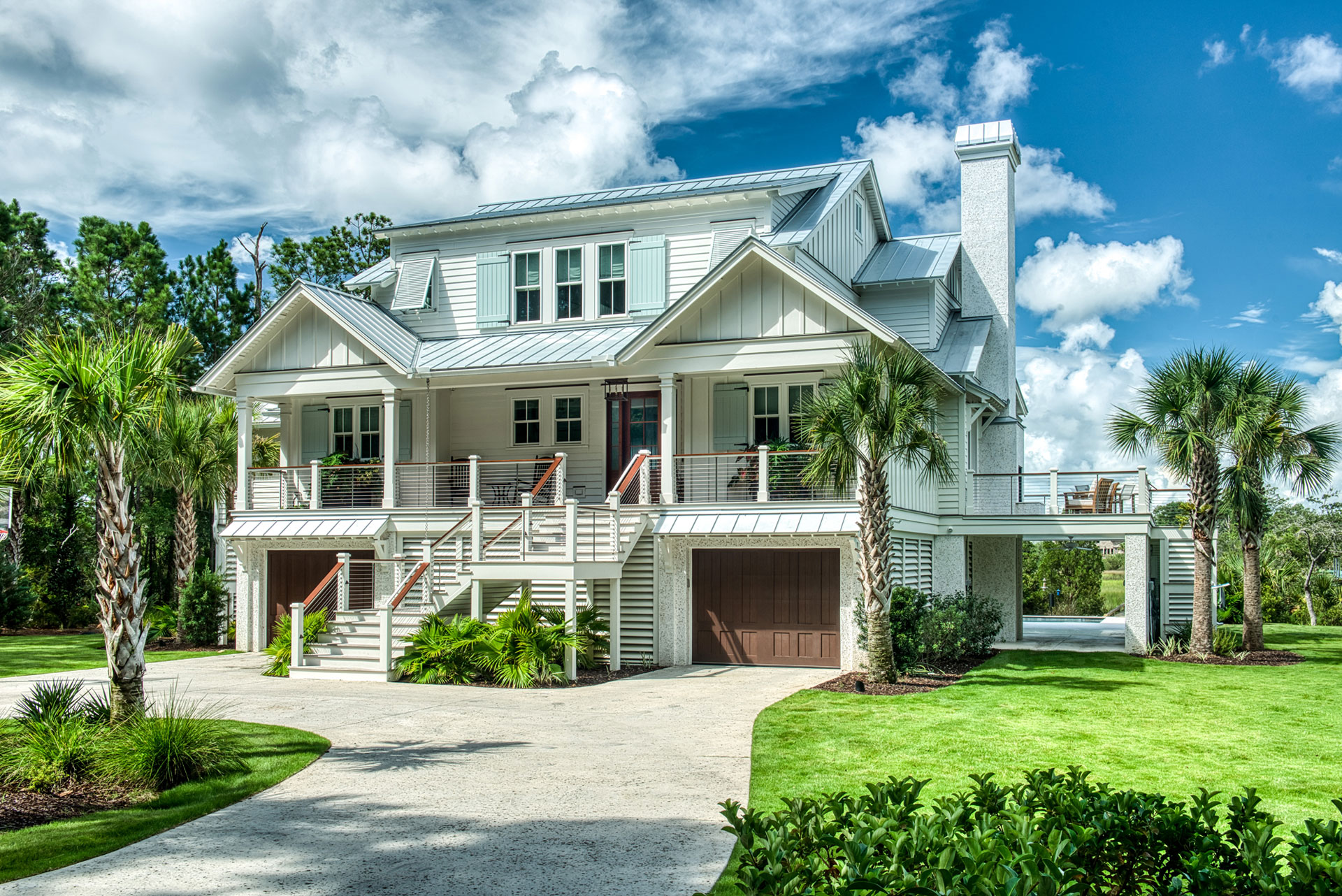India was the first in the world to actually begin the largest constructed settlement of its times. The foundation of Indian Hobe Sounds architects was laid on Indus Valley Civilization, the greatest specimens of human settlement of its times. Mohenjodaro, a part of this glorious civilization was also ahead of its times in terms of engineering, urban planning and ordered layout. Built of brick, the city’s multi-storeyed housing also had proper roadside drainage system.
The timeline of the country next saw the arrival of Buddhism, the religion founded by the Buddha or the awakened. Siddhartha Gautama established the religion based on equality for all. The faith also bore strong influences on the country’s architecture. Many Buddhist temples, monasteries, cave paintings, etc came into being after the advancement of this non-violent religion.
The remarkable time for architecture came under the rule of Mauryan Emperor Ashoka. He embraced Buddhism after the massive bloodshed of Kalinga War. After embracing the faith, the emperor took it on him to preach and promote Buddhism. As a result, the country got numerous Asokan edicts, lion capital pillars, stupas, viharas, temples, monasteries and chaityas in different locations. His immense contribution to the architectural wealth of the country is exemplary. In fact, the lion capital at Sarnath is the inspiration behind the emblem of India. He even commissioned Group of monuments at Sanchi in Madhya Pradesh and Mahabodhi Temple, Bodhgaya in Bihar.
Buddhist influence can also be seen on the rock-cut caves in the form of Ajanta and Ellora. The caves were natural formations used by monks as monsoon shelters. During the period, they painted scenes from the life of Lord Buddha, carved many stupas and sculptures. And the rest is history. Now, these caves are a part of brilliant monuments legacy in India. The rock-cut caves till date are termed as the finest surviving examples of Indian art, particularly painting and murals.
Extravagant temple constructions were also the part of lavish Indian constructions. As a Hindu country, it had a lot of temples and pilgrimage shrines. Usually, they were built and funded by the native rulers who believed in offering a part of the kingdom’s income to the lord. Their individual tastes and ideas took shape in the form of intricately beautiful temple architecture. Some kings preferred to give these worship places earthy hues on intricate sculptures like Khajuraho in Madhya Pradesh and Sun Temple in Konark, Odisha. There were others too who realized their colours of imagination towards the exteriors in the form of colour washed Gopurams. Meenakshi Temple in Madurai is still considered an excellent example of South Indian temples.
Another contribution of kings is the building of forts, palaces, lakes and other splendid structures. They built many forts and palaces to display their might and power. The forts and palaces saw a variation in style and expression with the advent of Islamic rulers, particularly Mughals. These rulers interspersed rich Persian influence on traditional style of buildings. As a result, a new form of construction emerged as a creative fusion. Domes, archway, symmetrical gardens and gem studded walls particularly flourished under their rule. The fascinating example of this rich fusion can be seen in the form of The Red Fort at Agra, the walled city of Fatehpur Sikri and the Taj Mahal in Agra.
Another landmark era in the history of India began with the arrival of foreign imperialists. The Dutch, French, British, Portuguese and the likes wanted to have a full fledged control over India, for its riches and spices. Out of them all, only British succeeded in establishing their ambitious plans all over India. Eventually, the country came under their direct control through East India Company. Other powers like Portuguese got control over Goa and French over Pondicherry. These foreign natives brought with them a unique addition for Indian architecture. The Portuguese established many convents, churches as well as heritage houses in Goa. Same is with Pondicherry or Puducherry wherein French influence can be seen with yellow painted walls and duplex structure staircase.
